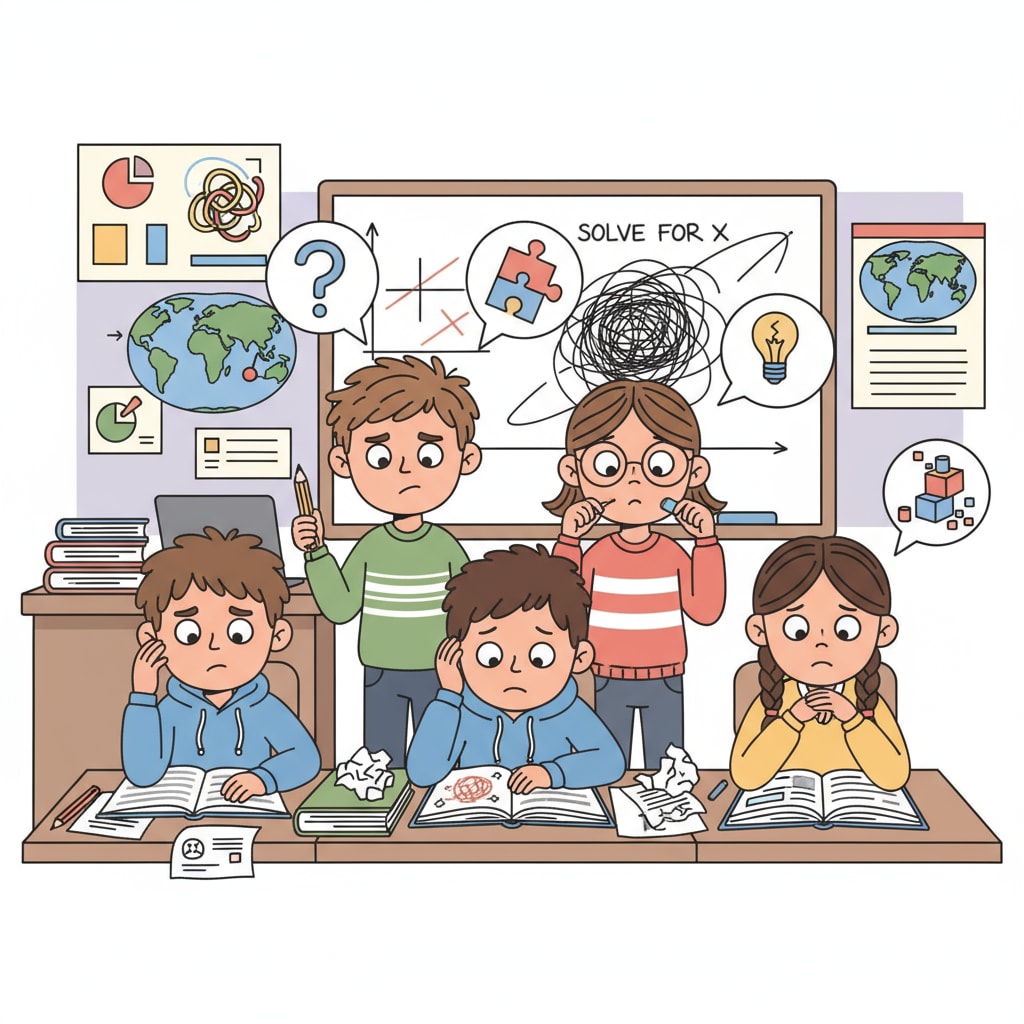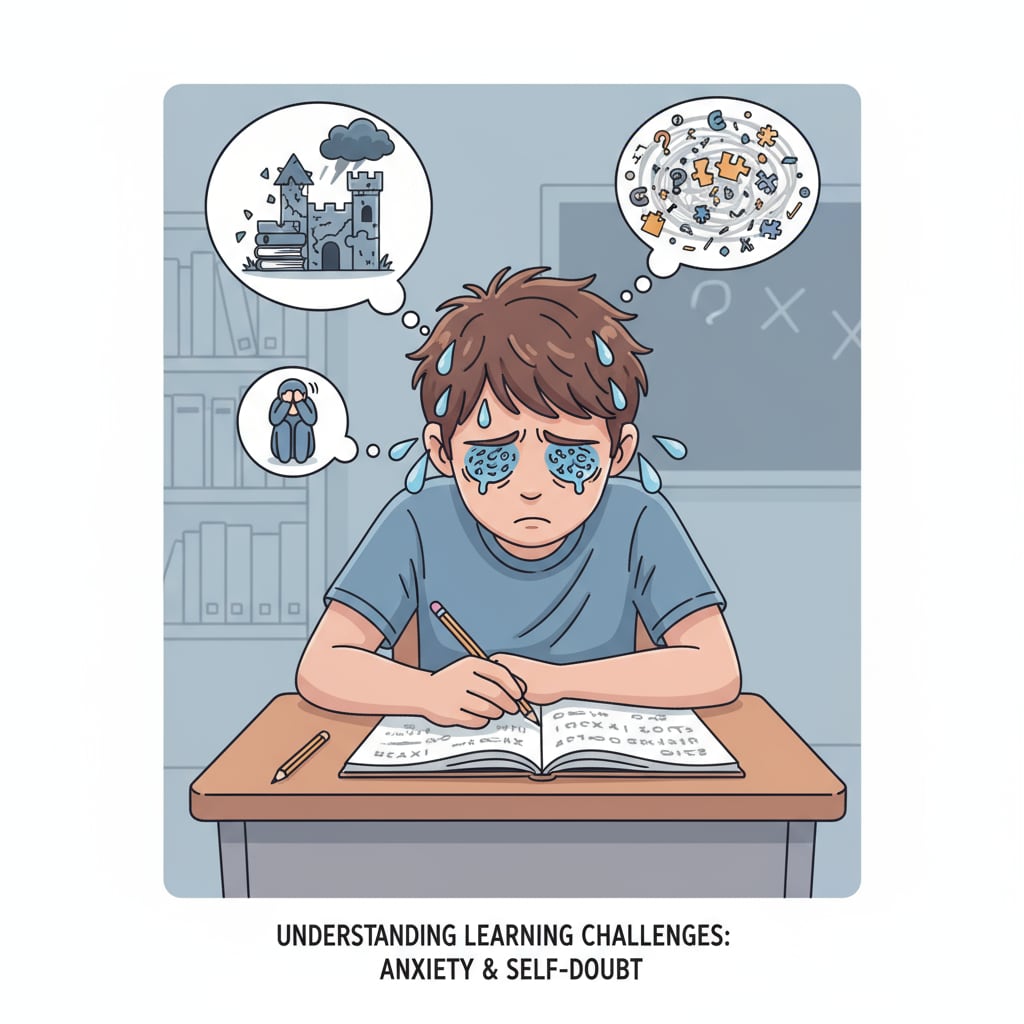Learning difficulties often give rise to anxiety and self-doubt among K12 students. These issues can significantly impact a student’s academic performance and overall well-being. In this article, we will explore how to help students navigate these challenges and emerge more confident.

The Root Causes of Learning-Related Anxiety and Self-Doubt
There are several factors contributing to the anxiety and self-doubt experienced by students facing learning difficulties. For example, complex curriculum content can be overwhelming. As students struggle to keep up, they may start to question their abilities. According to American Psychological Association research on children’s mental health, the pressure to perform well academically also plays a major role. High expectations from parents and teachers can add to the stress, leading to increased self-doubt.
Recognizing the Signs
It’s crucial for educators and parents to be able to recognize the signs of anxiety and self-doubt in students. Behavioral changes such as withdrawing from social activities or showing a lack of interest in schoolwork are common indicators. Emotional signs like frequent mood swings and irritability may also be present. Physical symptoms, including headaches and stomachaches, can sometimes accompany these mental states. Understanding these signs early on allows for timely intervention. The National Association of School Psychologists provides valuable insights on how to identify such signs accurately.

Once the signs are recognized, appropriate strategies can be implemented to help students overcome their learning difficulties and associated self-doubt and anxiety. Tailoring teaching methods to individual students’ learning styles is one effective approach. Offering extra support, such as tutoring or study groups, can also boost their confidence. Encouraging a growth mindset, where students understand that their abilities can be developed through effort, is essential. By adopting these strategies, we can help K12 students move from a state of迷茫 to one of confidence.
Readability guidance: This article uses short paragraphs and lists to summarize key points. Each H2 section provides a clear set of ideas. The passive voice is minimized, and transition words are used throughout to enhance the flow of the content.


